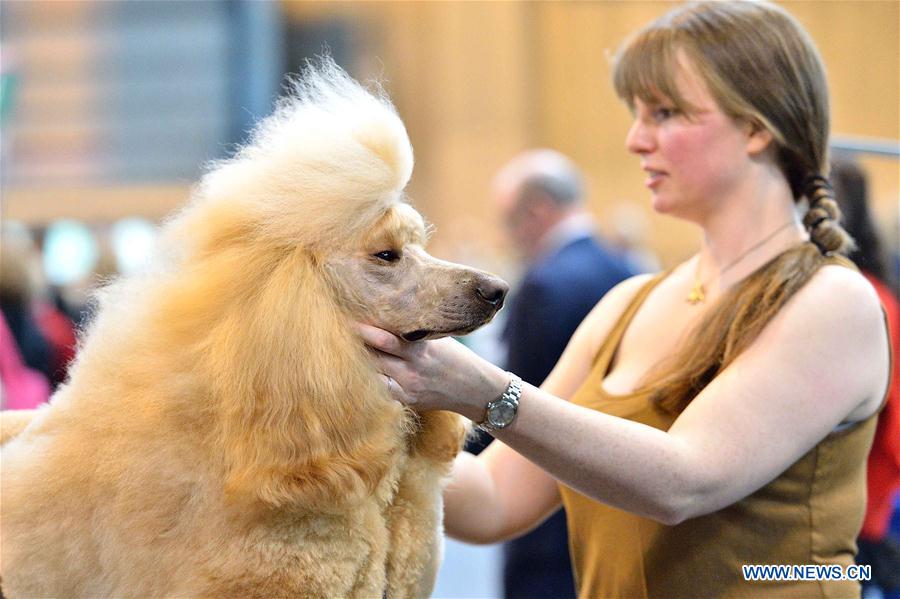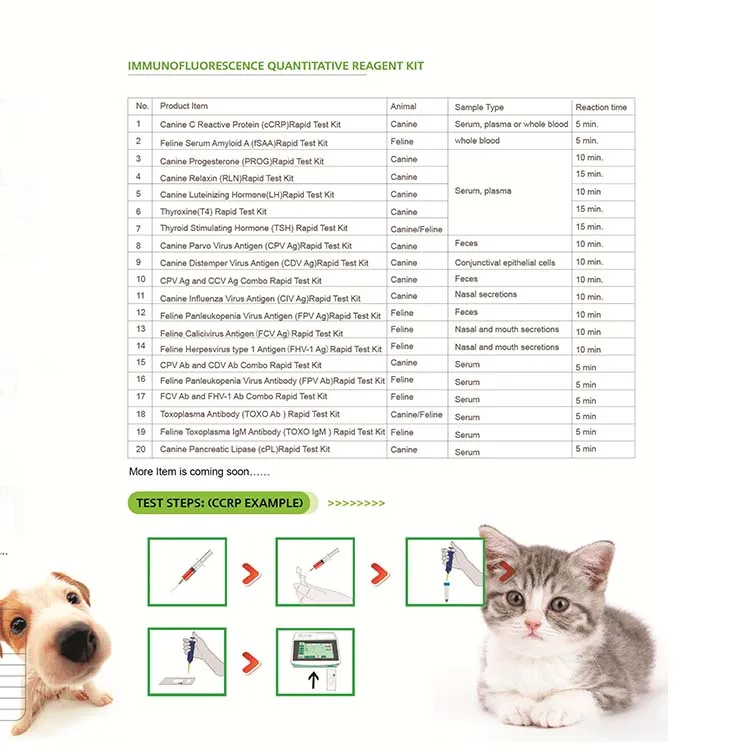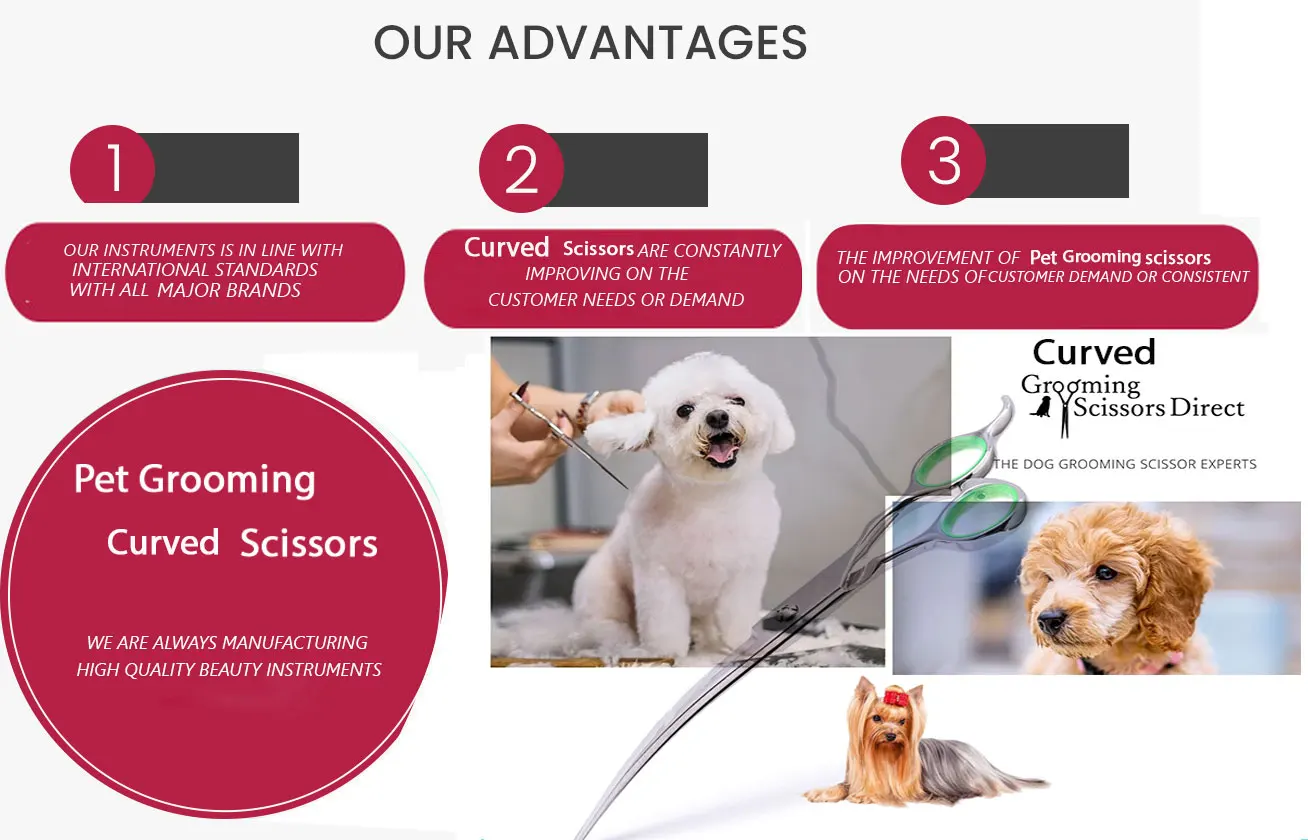## Dwarf Caiman Pet: The Ultimate Guide to Caring for Your Exotic Companion
### Introduction to Dwarf Caiman PetIf you're considering adding a unique and fascinating creature to your family, look no further than the **dwarf caiman p……
### Introduction to Dwarf Caiman Pet
If you're considering adding a unique and fascinating creature to your family, look no further than the **dwarf caiman pet**. These small crocodilians are not only captivating to watch but can also make for intriguing companions. In this comprehensive guide, we'll explore everything you need to know about owning a **dwarf caiman pet**, including their care requirements, habitat setup, diet, and more.
### Understanding Dwarf Caimans
Dwarf caimans, scientifically known as *Paleosuchus palpebrosus*, are one of the smallest members of the crocodilian family. Typically reaching lengths of only 4 to 5 feet, they are manageable for those looking for an exotic pet. Their size, combined with their unique appearance, makes them a popular choice among reptile enthusiasts. However, owning a **dwarf caiman pet** comes with its own set of challenges and responsibilities.
### Habitat Setup for Your Dwarf Caiman Pet
Creating a suitable environment for your **dwarf caiman pet** is crucial for its health and well-being. These reptiles are semi-aquatic, requiring both land and water areas in their enclosure. A well-designed habitat should include:
1. **Water Area**: A large tank or pond with clean, filtered water is essential. The water should be deep enough for swimming, as caimans enjoy submerging themselves.

2. **Land Area**: Provide a basking spot where your caiman can dry off and soak up some heat. This area should have UVB lighting to support their overall health.
3. **Hiding Spots**: Incorporate logs, rocks, or commercial hides to give your **dwarf caiman pet** a sense of security.
4. **Temperature Control**: Maintain a temperature gradient within the enclosure, allowing your caiman to choose its preferred environment. The basking area should be around 85-90°F, while the water temperature should be kept between 75-80°F.
### Diet and Feeding
Feeding your **dwarf caiman pet** a balanced diet is vital for its growth and health. In the wild, these creatures are carnivorous, preying on fish, insects, and small mammals. In captivity, you can provide:
- **Commercial Pellets**: High-quality caiman or crocodile pellets can serve as a staple diet.

- **Whole Prey**: Offer a variety of whole prey items like fish, shrimp, and insects.
- **Supplementation**: Occasionally, you can introduce vitamins and calcium supplements to ensure proper nutrition.
Feeding should be done every few days, and it's essential to monitor the portion sizes to prevent overfeeding.
### Socialization and Handling
While **dwarf caiman pets** can be fascinating to observe, they are not traditional pets that enjoy handling. These reptiles are generally more comfortable in their environment and may become stressed if frequently handled. If you do choose to interact with your caiman, do so gently and infrequently, allowing it to acclimate to your presence.
### Legal Considerations

Before acquiring a **dwarf caiman pet**, it's crucial to check local laws and regulations regarding exotic pet ownership. Some areas may have restrictions or require permits for keeping reptiles. Always ensure that you are compliant with these laws to avoid legal issues.
### Conclusion
Owning a **dwarf caiman pet** can be a rewarding experience for those willing to invest the time and resources needed for proper care. Their unique characteristics and behaviors make them a captivating addition to any exotic pet collection. By providing a suitable habitat, balanced diet, and understanding their needs, you can ensure a healthy and fulfilling life for your caiman. If you're ready to take on the responsibility, a **dwarf caiman pet** may just be the perfect companion for you!